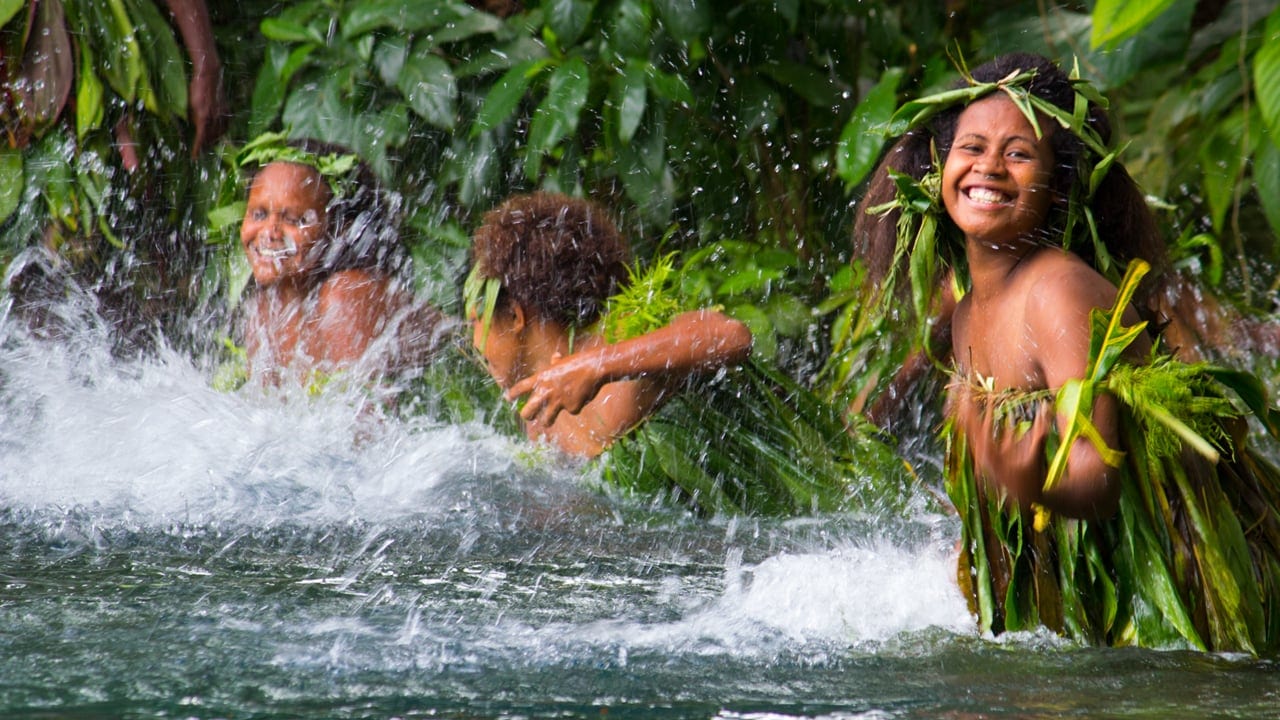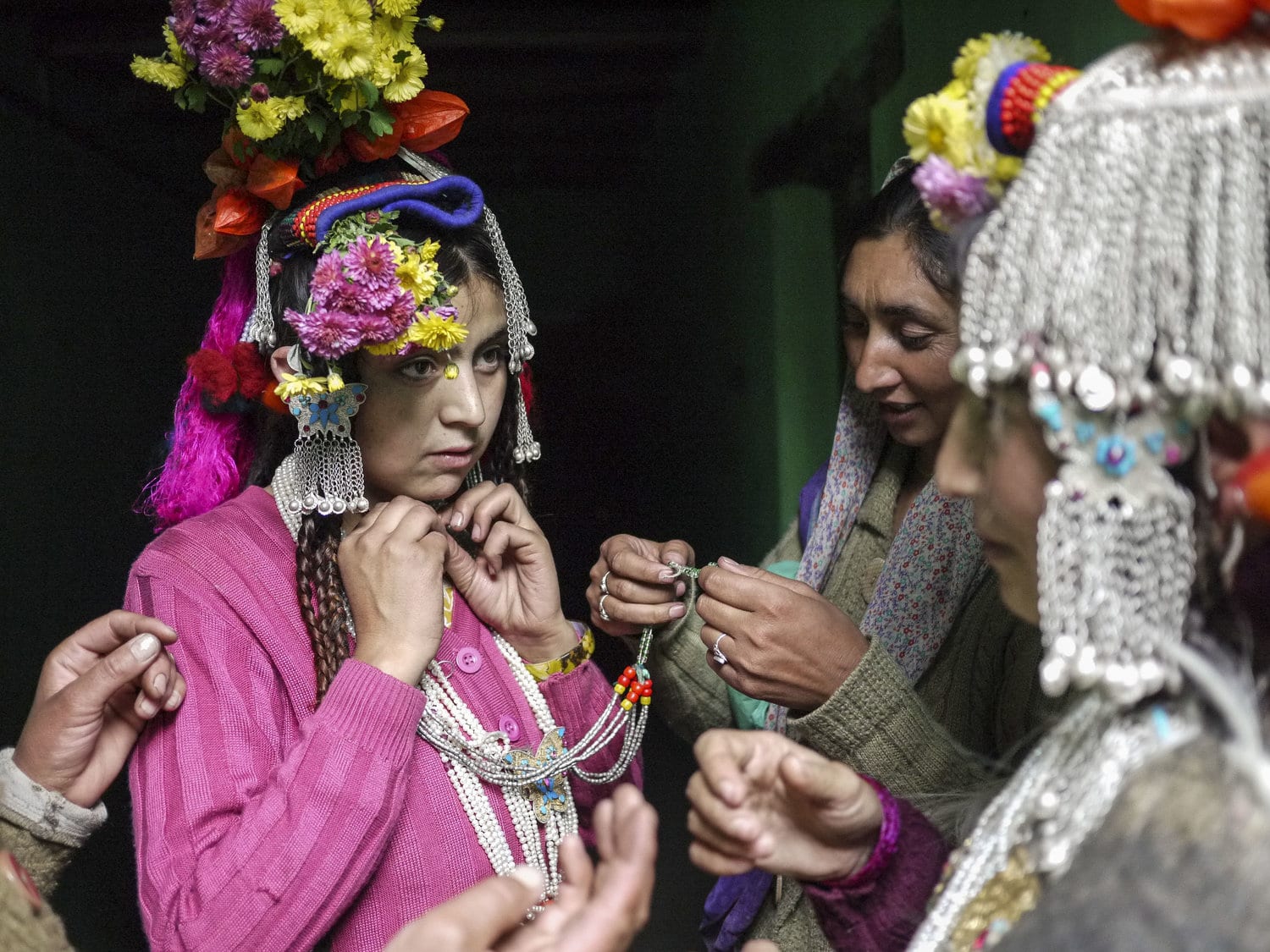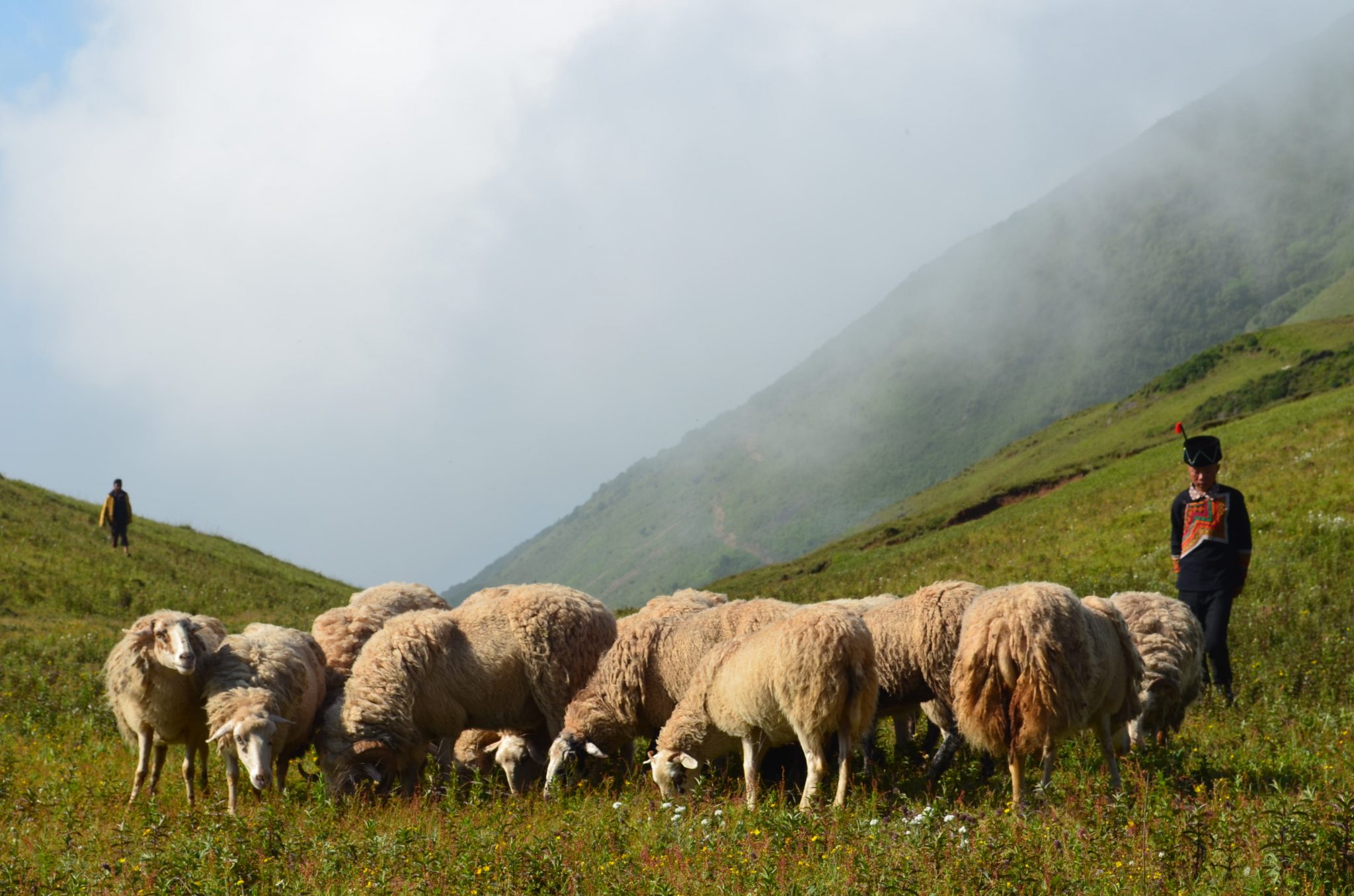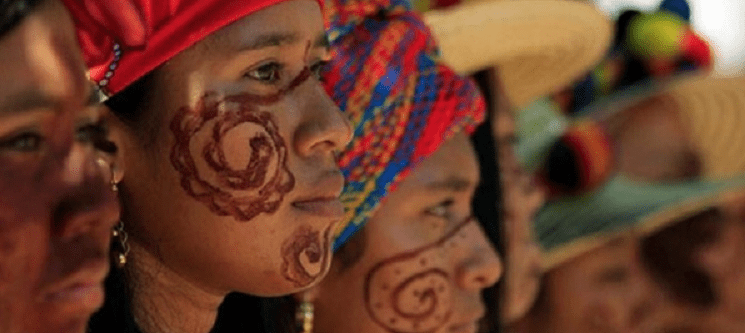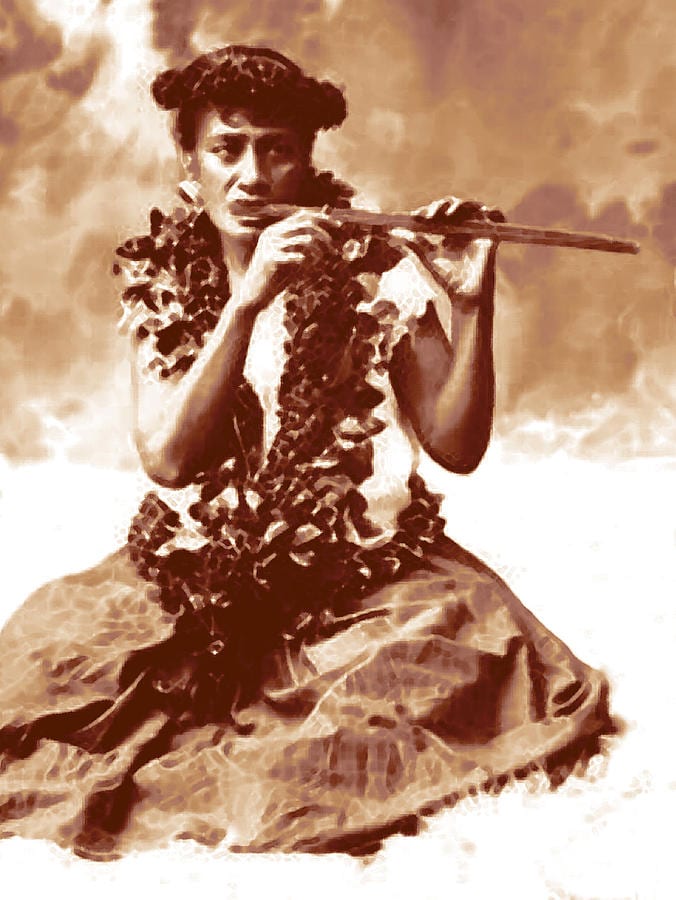With over 100 different indigenous languages spoken in a country with a population just over 250,000, the South Pacific island nation of Vanuata is the most linguistically diverse country in the world per capita. But one language unites all of the cultures there, it’s the language of water music.
What a fascinating story. The Ëtëtung , or water music, of Vanuatu is a hypnotic sonic and visual experience, none like any other anywhere else in the world. These songs are a collection of different movements performed in accordance with the waters’ surface; it involves splashing, scooping, slapping, skimming, swirling… accompanied by the vocals of a group of female singers, all moven together in a rhythmic pattern.
So where does this invention come from? In the remote north of Vanuatu are the Banks Islands, located within the Torba province. Women from the islands of Torba and as far as the Solomon Islands (off the coast to Papua New Guinea) have used water for musical purposes for many centuries, as reported by a UNESCO paper. Despite identifying that these songs are referred to within musical categories by the local ‘Are’Are people, some ethnomusicologists, like Hugo Zemp in 1978, have perceived water percussion more as a game, a kind of past time. Compared to other traditional percussion from the Melanesian island cultures, water drumming has a very limited repertoire, he says. On top of that, Zemp regards it quite unique that only women participate, possibly because women tried to keep it away from ritualizing the expression for weddings and other ceremonial purposes, which would traditionally be up to the men to decide. Fact is, Vanuatu water drumming is much more accessible for anyone from outside the communities, simply because it doesn’t seem to have any ritual or taboo connotations.
This is probably why Vanuatu water music has been so useful for women from the Gaua and Merelava islands to generate opportunities and engage in entrepreneurial activities. Back in 2013, an linguist and a ethnomusicologist went to the islands to record their water music and have made it accessible to the public stage. Not long before, a local Mwerlap man called Sandy Sur established an ecotourist project called ‘cultural village of Leweton’ on the fringe of Luganville. The purpose of the project was to protect cultural heritage and presenting this to tourists visiting their beautiful islands. As the incidence of tourists visiting the Leweton cultural village increased, it relied mostly on its female water drummers, and as it is becoming more and more established, the local people have incorporate other cultural traditions like basket weaving, preparation of food, magic tricks, costume making etc.
Banks Islands societies have always been more or less open, with lots of trade, intermarriage and cultural exchange between the different communities. This makes it quite difficult to determine where the water music originally comes from, but we do know the practice of water music was passed down from grandmother, to mother, to daughter for many centuries but it wasn’t given special significance until the late 20th century. It is said that that a woman from West Guau, called Matauli Rowon, ‘re-invented’ water drumming while doing laundry in the river in 1983. Nowadays, there are three identifiable groups of women performing this tradition.
One of the key people within the cultural renewal movement of Vanuatu music is Delly Roy, Delly Roy spearheads a grassroots indigenous organisation for young people on the islands. In 2014, Delly and her TEKS program won the 8th UNESCO Youth Forum Label for her work to promote cultural heritage towards younger generations.
Delly explained the significance of the water music as model for engaging young women in cultural expression in safe and respectful situations:
“We know that there is a warrior element to our heritage. But sometimes we forget that the fundamental elements of our kastom are based on peace and respect. Maybe this is because men have dominated the process of telling our stories in recent times? Now that women are standing up and singing and dancing and telling their own stories, we can connect with the part of our heritage that has been hidden from the men: our women’s stories. And with these stories comes a woman’s way of telling the stories, singing the songs, and dancing the dances.”
Read the full article Gender, Creativity and Cultural Heritage: A Case Study of the Vanuatu Women’s Water Music by Thomas Dick here.
Watch and hear example of Vanuatu Women’s Water Music recorded by our friends from Small Island Big Song :
